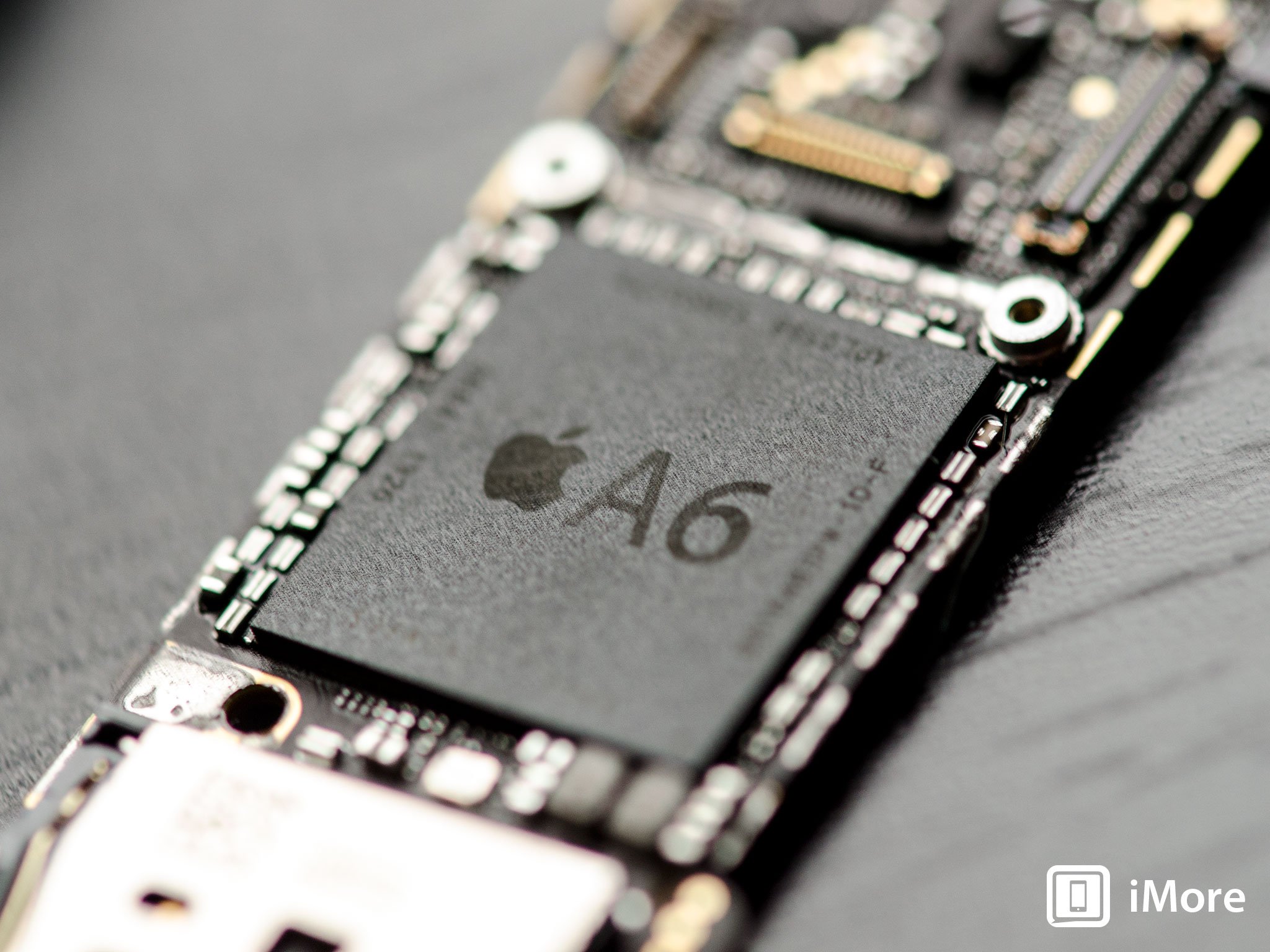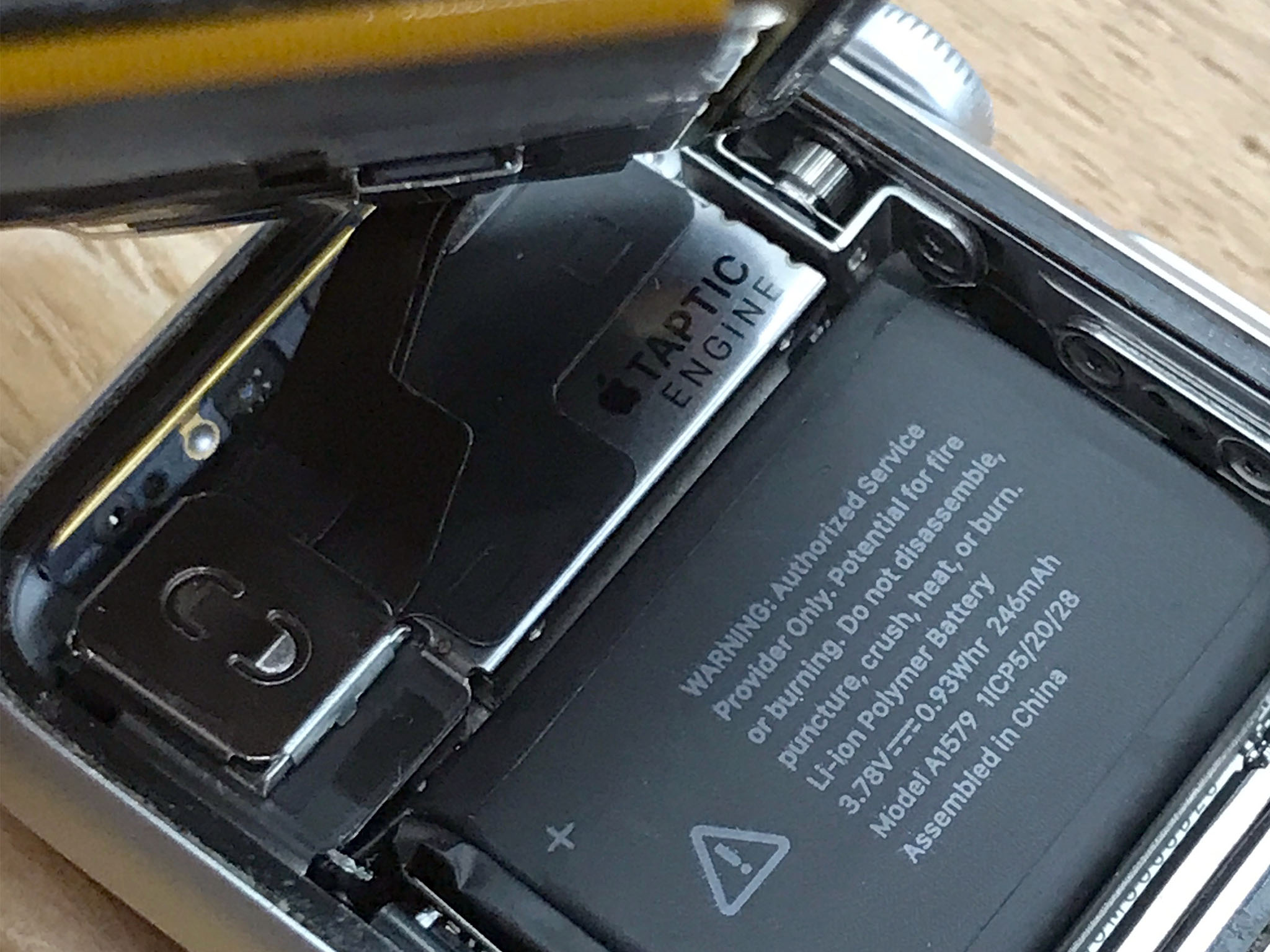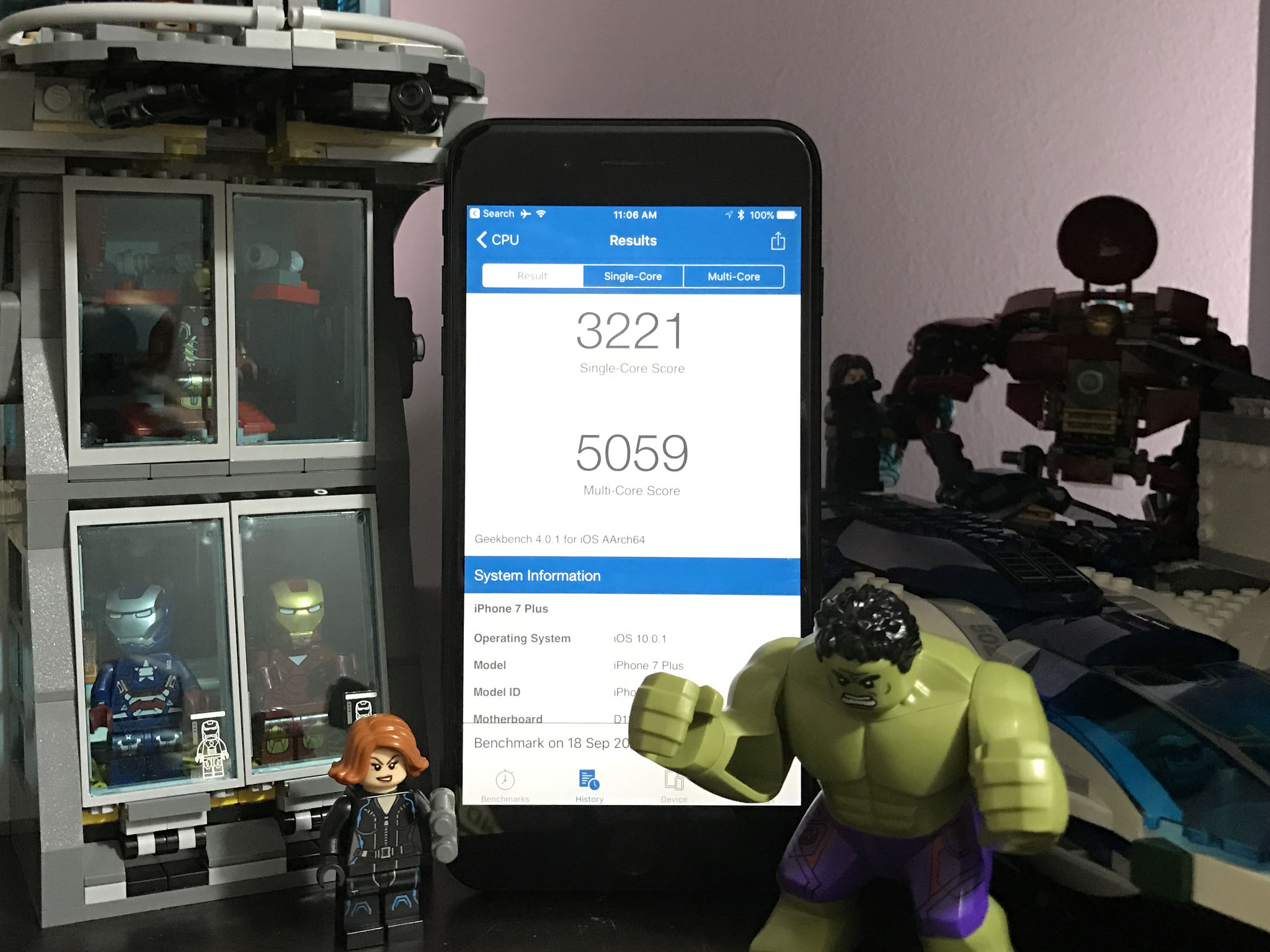Apple custom silicon: On G-series and the next 20 letters left

Rumor has it Apple might start shipping its own graphics processors. The G-series components to its long-running A-series systems-on-chips (SoC), so to speak. But G is only one of the twenty-one letters left in Apple's growing alphabet of custom silicon.
It's often said that owning the complete widget from chipsets to hardware to OS to app interface gives Apple an advantage in modern mobile computing. Apple has been doing the hardware, OS, and app parts of that stack for decades. The chipset foundation, though, is relatively new. It's also growing, from SoC at the beginning to sensor fusion hubs and, most recently, wireless chips. Rumor also has it there's more on the way.
Services, everything from Apple Music to iCloud Photo Library are likewise growing and are interesting from a convenience and recurring revenue perspective. Those face stiff competition from Google, Amazon, and others. Custom silicon, though, is where Apple seems to have come out of the gate and quickly accelerated to the lead.
So, where are they and what's next?
A-series
The Apple A-series of systems-on-chips (SoC) were introduced alongside the iPad in 2010. The amount of customization in those chips has increased over the years as Apple went from licensing ARM designs to licensing the ARM instruction set and making its own designs.
Apple's silicon team, headed by Johny Srouji, was so effective, they didn't just beat Qualcomm and the rest of the industry to 64-bit on mobile, the competition didn't even know there was a race.
A10 Fusion, Apple's latest chipset, powered iPhone 7 and is expected to power the next generation of iPad Pro as well. It uses two sets of two cores: one optimized for high performance, the other for high efficiency. Based on benchmarks, it also looks to be twice as fast at single threaded operations as the Qualcomm and Samsung chips coming — 6 months later — to the Galaxy S8.
Master your iPhone in minutes
iMore offers spot-on advice and guidance from our team of experts, with decades of Apple device experience to lean on. Learn more with iMore!
That's a palpable, user-facing difference.
M-series
Apple's motion coprocessor, originally a second chip, is now integrated into the SoC. It's a sensor fusion hub designed to handle the accelerometer, digital compass, barometer, and other motion data. That lets the SoC "sleep" and further increases power efficiency.
In addition to integration, the M-series has also taken on things like voice parsing, allowing for power-efficient "Hey, Siri!" functionality in newer devices. It's possible more low-power tasks could be offloaded to co-processors, existing and new, to add even more functionality while preserving battery life.
S-series

Because Apple Watch was so small and so power- and thermal-constrained, Apple went beyond an SoC and designed it a System-in-Package (SiP). It's like a computer on a chip, including security hardware for Apple Pay. With S1 and S2, Apple went dual-core, and the latter added on-board GPS as well.
There'll be more S-series, of course, but when you get small, you also get embeddable.
T-series
One of the advantages to getting an iOS-capable system down to Apple Watch size was that it could, in some form, be embedded into other devices. T1 was the first example of that. An ARM-based chipset that lives adjacent to the Intel x86 chipset in the current MacBook Pro, it powers and secures both the Touch ID sensor and the Apple Pay interface on the Touch Bar in a way that makes intercepting the fingerprints or pricing information very, very difficult.
(Rumor has it T1 can secure other elements as well, like the camera light indicator.)
W-series
AirPods brought with them Apple's first wireless chipset, W1. It works to optimize connectivity, power-efficiency, and synchronization over Bluetooth.
What's especially interesting about AirPods is that it shows what silicon can do combined with services: Pair your AirPods over W1 with your iPhone and iCloud automatically sets up pairing and switching on your iPad, AirPods, and Mac as well.
TCON and storage controllers
Apple silicon isn't limited to letters of the alphabet. When Apple wanted a 5K display on the iMac, and Intel and the industry simply couldn't ship support for DisplayPort 1.3 (published in 2014), much less DisplayPort 1.4 (published in 2016), the company built its own custom Timing Controller. That let Apple fuse two streams, providing and synchronizing the bandwidth to deliver 5K. In 2014.
Apple has also been making its own custom controllers for solid state storage, first on the Mac, then on iOS. It let them deliver much faster access speeds to data stored on flash chips. For example, to feed up to simultaneous 3 streams of 4K video for editing on iMovie on iPad.
Custom graphics

Rumors and speculation about Apple making its own custom graphics processors (GPU) started as soon as the company started making its own central processors (CPU).
Just like Apple licensed first the design and then the instruction set from ARM, the industry has wondered if Apple would move from licensing the design to the IP of Imagination on the graphics side. Apple using configurations that aren't exactly in the PowerFX catalog has fueled that speculation.
Recently, though, Imagination announced that, within the next year or two, Apple would be going its own graphical way.
That could mean we finally see Apple's G-series, perfectly positioned for Apple performance needs and frameworks, and sooner rather than later.
Modems
Apple originally used Infineon modems in iPhone. It later switched to Qualcomm. Then Intel bought Infineon and Apple shipped iPhone 7 with both Intel and Qualcomm modems. Qualcomm has been extracting what many in the industry would call exorbitant — and some would call illegal — licensing fees for what should be FRAND (fair, reasonable, and non-discriminatory) patents for years.
In January, Apple filed a $1 billion law suit against Qualcomm and, just this week, Qualcomm filed back.
It's possible the two companies will reconcile, but court battles can be protracted and technology moves fast. So, it's also possible we'll see Apple's long-rumored modems start to surface as well.
How far a B-series — or whatever it would be called — could go with Qualcomm and its patents as enemies is hard to tell, especially in the U.S. where Verizon and Sprint's legacy CDMA technology continues to hold the rest of the world back.
But if Apple could split iPhone 7 between Qualcomm and Intel, with middling-at-best results, perhaps Apple could split iPhone Future between Qualcomm and Apple, with much, much better results.
21 letters left
There's a lot more Apple can do, both with existing chipsets and with new ones. Controlling its own silicon lets Apple do things like move artificial intelligence, machine learning, and computer vision out of the clouds and software stack and into the chips.
Chips that can predict demand can significantly improve both power efficiency and performance.
Chips that can predict demand can significantly improve both power efficiency and performance. Silicon optimized for photo processing can identify and index mountains in the background without you having to give up your own personal pictures in exchange.
There are also layered protocols Apple could explore, where BT is used if it has to be for compatibility, but an Apple wireless technology takes over when possible for even better, more efficient inter-device communication.
Then there's Apple buying or otherwise getting into the memory chip or even display businesses. Samsung and LG, while Apple's competitors in the device space, are also Apple's suppliers in the manufacturing space. If they can make their own memory or displays, eventually so could Apple. Especially if it allowed iPhone, iPad, and Mac to deliver performance and power-efficiency beyond what competitors are capable of.
Tim Cook has spoken about the importance of Apple owning its core technologies. That's been proven with custom silicon to date. That will no doubt continue. The only question is what comes next and when.

Rene Ritchie is one of the most respected Apple analysts in the business, reaching a combined audience of over 40 million readers a month. His YouTube channel, Vector, has over 90 thousand subscribers and 14 million views and his podcasts, including Debug, have been downloaded over 20 million times. He also regularly co-hosts MacBreak Weekly for the TWiT network and co-hosted CES Live! and Talk Mobile. Based in Montreal, Rene is a former director of product marketing, web developer, and graphic designer. He's authored several books and appeared on numerous television and radio segments to discuss Apple and the technology industry. When not working, he likes to cook, grapple, and spend time with his friends and family.
